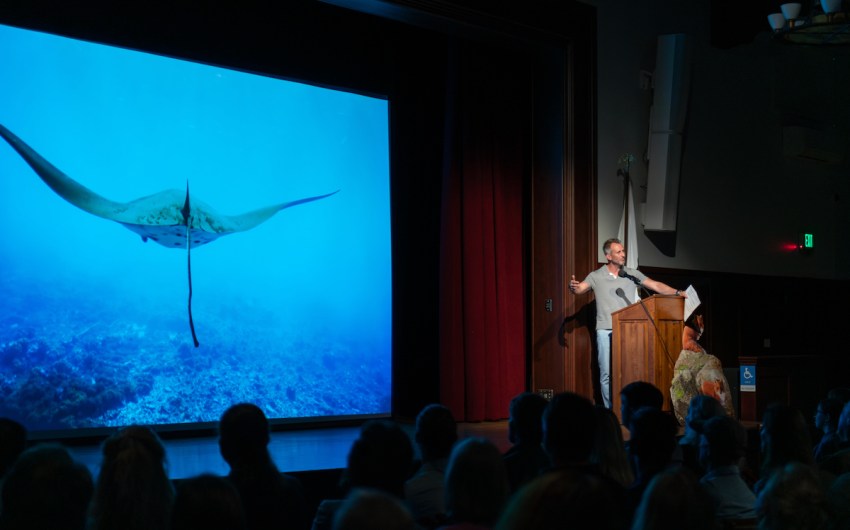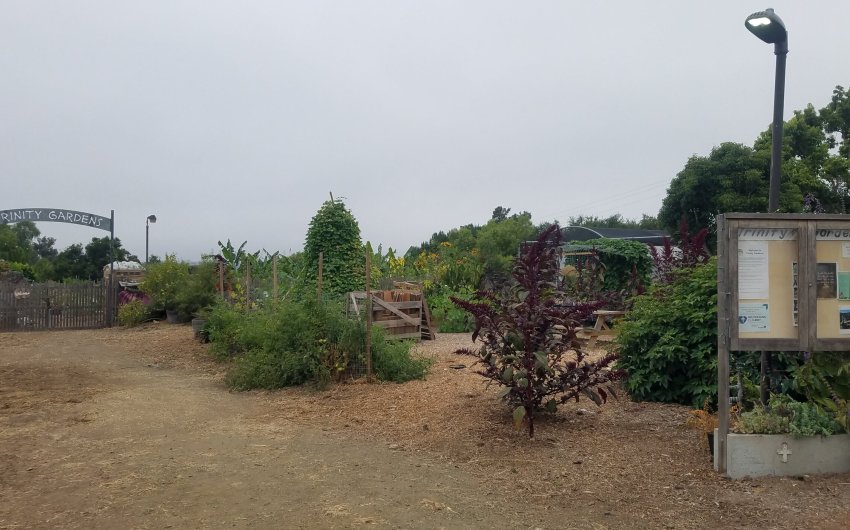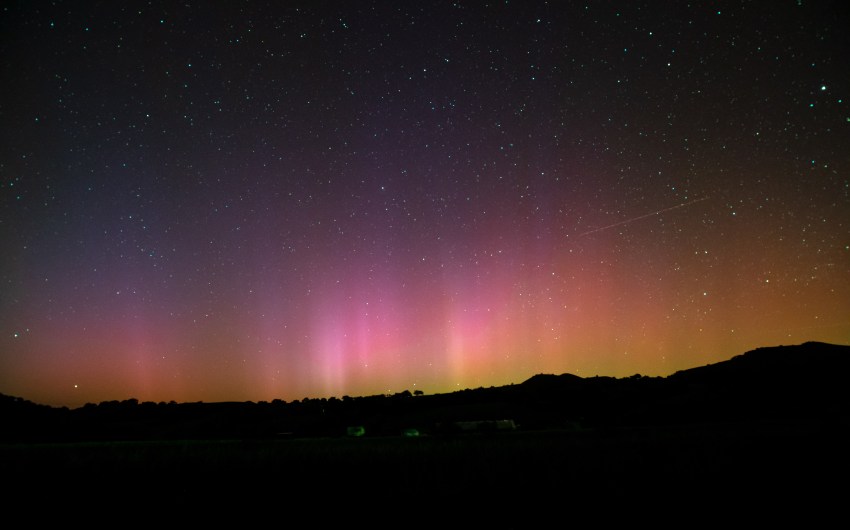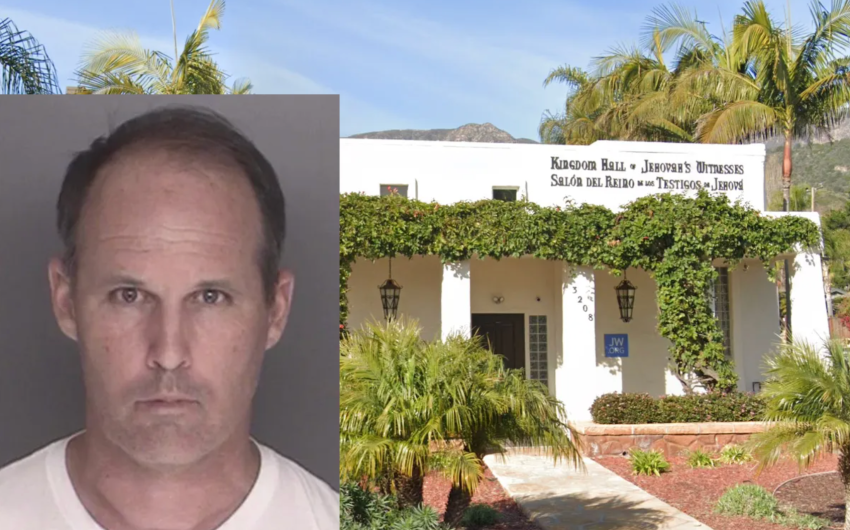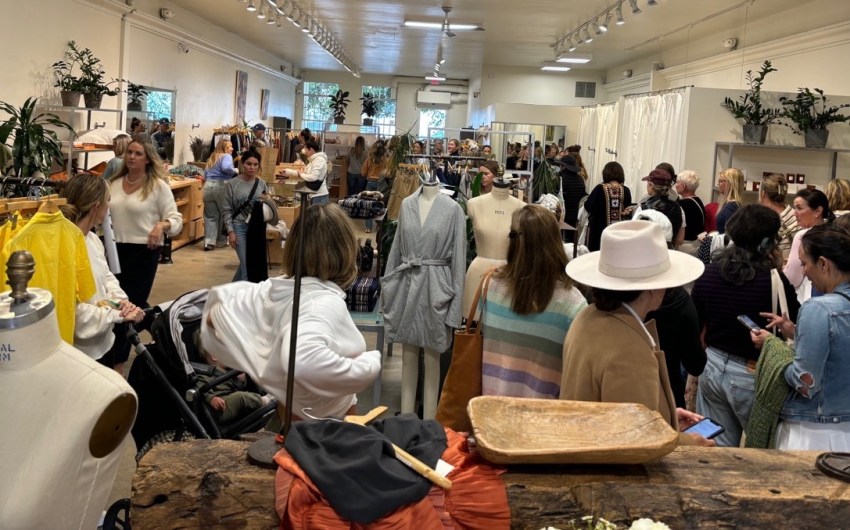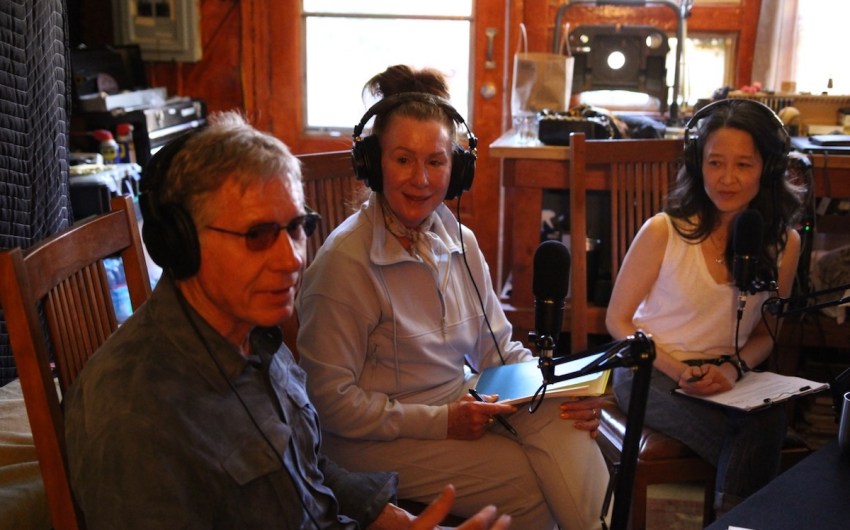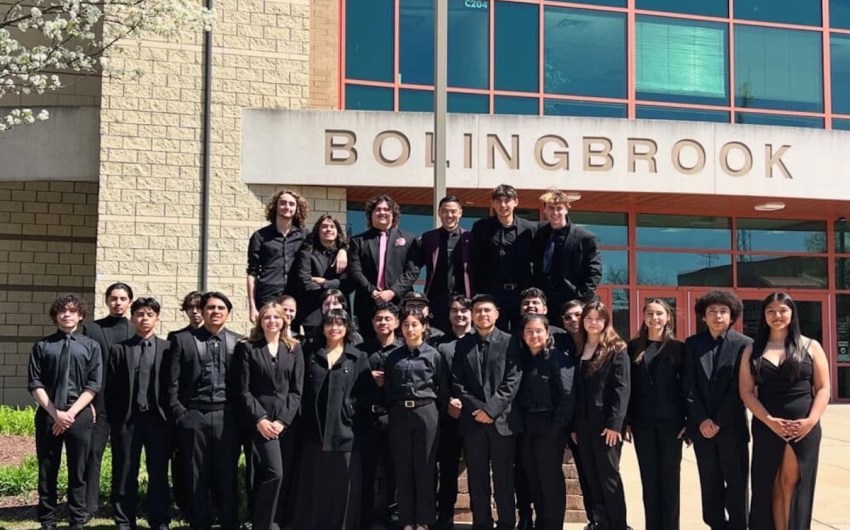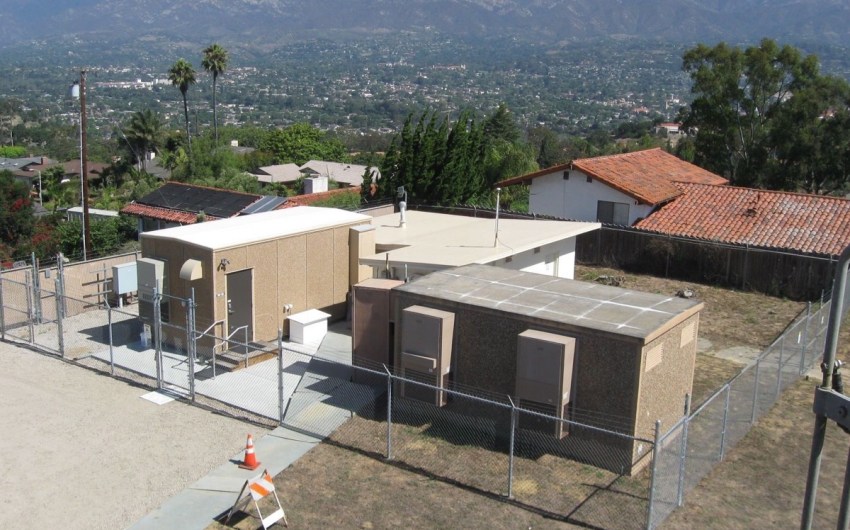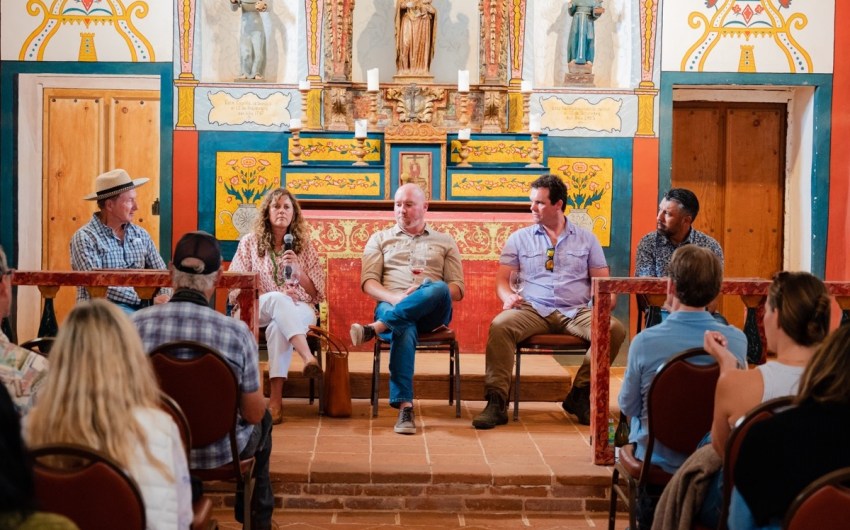Santa Barbara Botanic Garden Receives $818,000 to Transform Cuyama Valley Farmland
USDA Grant to Fund Three-Year Project on Conservation Outreach, Education, and Native Gardens for Water-Tight Farming Community
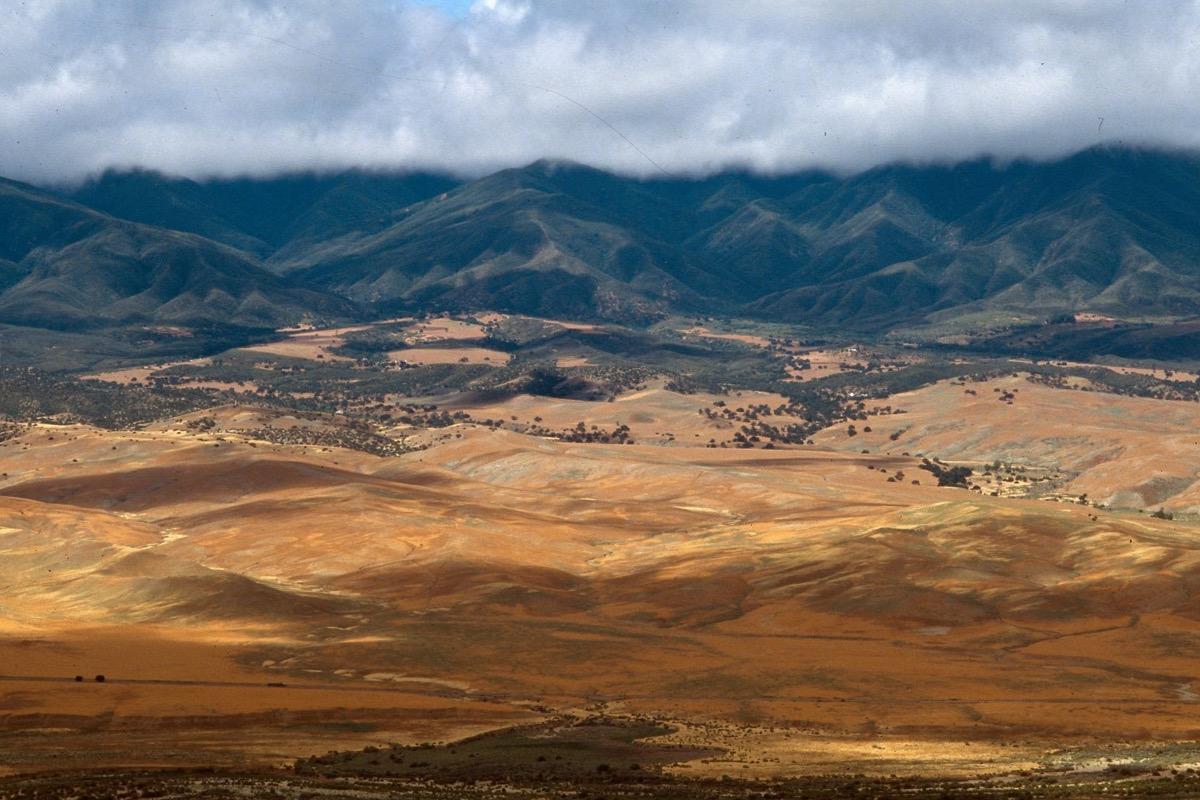
Cuyama Valley — one of the most overdrafted groundwater regions in the state — is the target of farmland-restoration by the Santa Barbara Botanic Garden. Freshly equipped with $818,000 from the U.S. Department of Agriculture (USDA), the Botanic Garden is looking to transform some of the dry land into native habitats.
The USDA grant will enable the Botanic Garden to provide conservation outreach to small farmers in the Cuyama Valley, as part of its three-year “Equity in Conservation Outreach Cooperative Agreement,” which aims to develop climate-smart practices that “conserve soil and water and benefit agricultural productivity by creating diverse native habitats,” the garden says.
Comprising the frontlines of so-called “water wars” between landowners, Cuyama Valley’s groundwater levels have continually declined. Over the years, farmers have pumped out water faster and in greater volumes than can be replenished. The valley gets an average 13 inches of rain per year; 10 is the definition of a desert. Groundwater wells are the only water supply here, and mega carrot corporations are sucking the Cuyama Valley Groundwater Basin dry.
However, water users in the Cuyama Valley will be required to comply with the California Sustainable Groundwater Management Act of 2014 and bring the basin into balance by 2040 (but based on ongoing legal battles over water rights and pumping restrictions, that timeline is questionable).
No matter the water-based conflict, the law requires pumpers to reduce groundwater use, which the Botanic Garden expects will likely lead to fallowing land — when agricultural land is left unplanted, in this case to reduce demand on the aquifer so that the basin can reach sustainability in compliance with the law.
“When you fallow land and don’t do anything to it, it turns into weeds, which can be really damaging for local biodiversity,” explained Denise Knapp, the Botanic Garden’s director of conservation and research.
“If we get natives in there, that native habitat can support the crops and also avoid the weeds, while conserving water,” she added. “We’re supporting biodiversity on that land, and by creating this habitat, we can benefit farmers and really engage the community on the power of native plants.”
Their project will establish a network of small farmers focused on conservation practices and programs, create six demonstration gardens with native plants, offer a paid Cuyama Conservation Internship Program for six 11th-grade students, and develop conservation curricula for K-8 students. The Botanic Garden will partner with Cuyama-based Quail Springs Permaculture and Cuyama Valley Family Resource Center to “implement the project with local input and expertise,” it says.
Botanic Garden staff will collect wild seed around the Cuyama Valley for the demonstration sites, which are meant to showcase to landowners the benefits of planting natives.
“What we’re doing is demonstrating this practice of transforming landscapes with native plants, which, fallowing or not, is a really beneficial practice to do on farms, because you’re bringing in beneficial insects — not just the pollinators, but also the insects that are good pest control,” Knapp said. “And so even if you take some land out of production, you can increase production on what you have left. Groundwater reduction or not, this is a good practice to put on farms.”
The Botanic Garden’s grant is among 139 Equity Grants announced by the USDA’s Natural Resources Conservation Services, aiming to improve outreach to underserved communities and among urban and small scale producers, “so it has a big people element to it,” Knapp said. It ties in with the garden’s “Landscape Transformations” happening in other areas, such as Elings Park.
“The idea is just to really showcase the power of native plants in different areas where we live, work, and play,” Knapp said. “The themes there are habitat restoration, but also community building, in different ways.”


